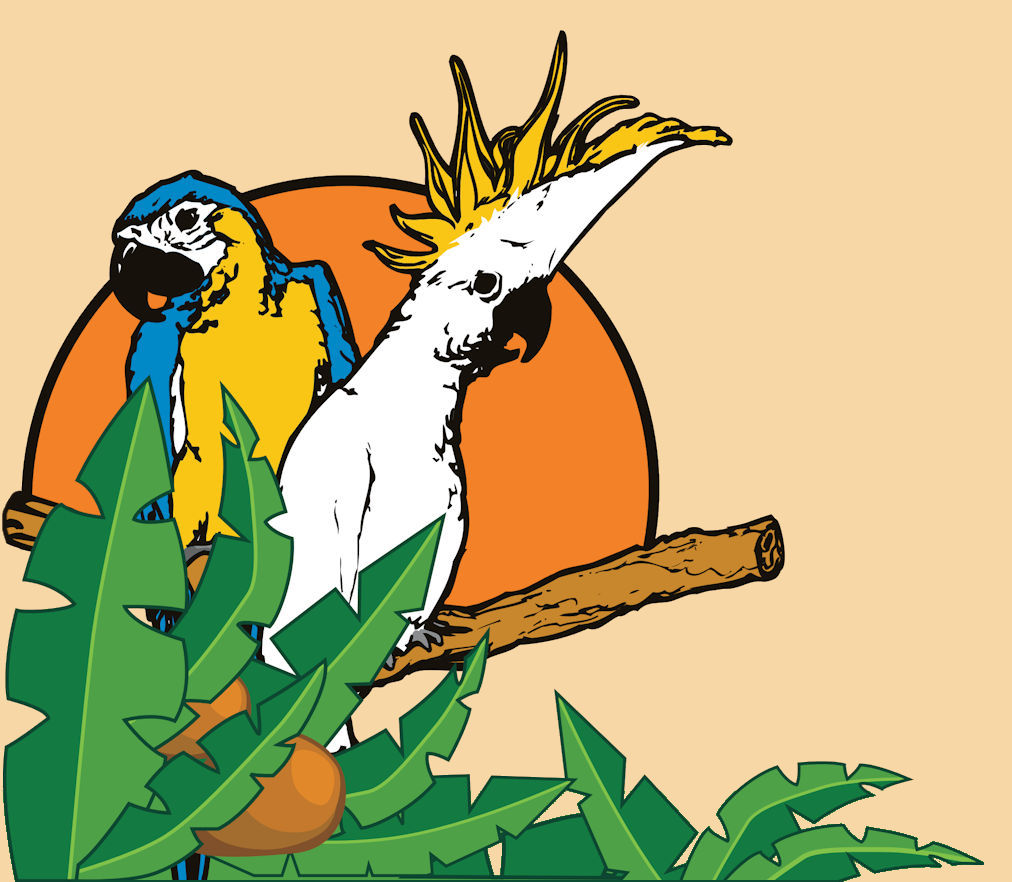Cleaning cages can be a daunting task. You can help yourself minimize the hassle by having a daily routine that only has to take a few minutes.
It’s a good idea to begin with picking out or scraping off any loose or excess droppings or toy pieces from the grate, this way it will fall into the already soiled tray. Change papers second so any mess that drops from the tray will get swept or vacuumed after.
Tip for NON-paper shredding birds is to line the tray with several layers of paper. When it is time to change them, just remove the top 1 or 2 layers and discard!
Don’t forget to take out and clean off perches and toys. They can both accumulate dander and droppings as well. This is a convenient time to change perches around and rotate the toys so your bird doesn’t get bored. Also, try to position perches so they aren’t overlapping above each other; this prevents the lower branches from ‘catching’ all the droppings.
There are products available to make the clean up easier:
Handheld vacuum: Convenient for carpet and hardwood floors to round up loose feathers and crumbs.
Cage Skirt: Generally can be found in sizes for cages up to 105″ inches in perimeter. Helps keep in loose feathers and seed shells.
Poop Off: This is a non-toxic and biodegrable enzyme formulate to help break down droppings for easy clean up. Comes in wipes, bottles with a scrubber end, spray bottles, and gallon refills.
Pet Focus: This is a ready-to-use disinfectant, available in a 1-quart spray bottle or gallon size. Spray on and wipe off or let air dry.
